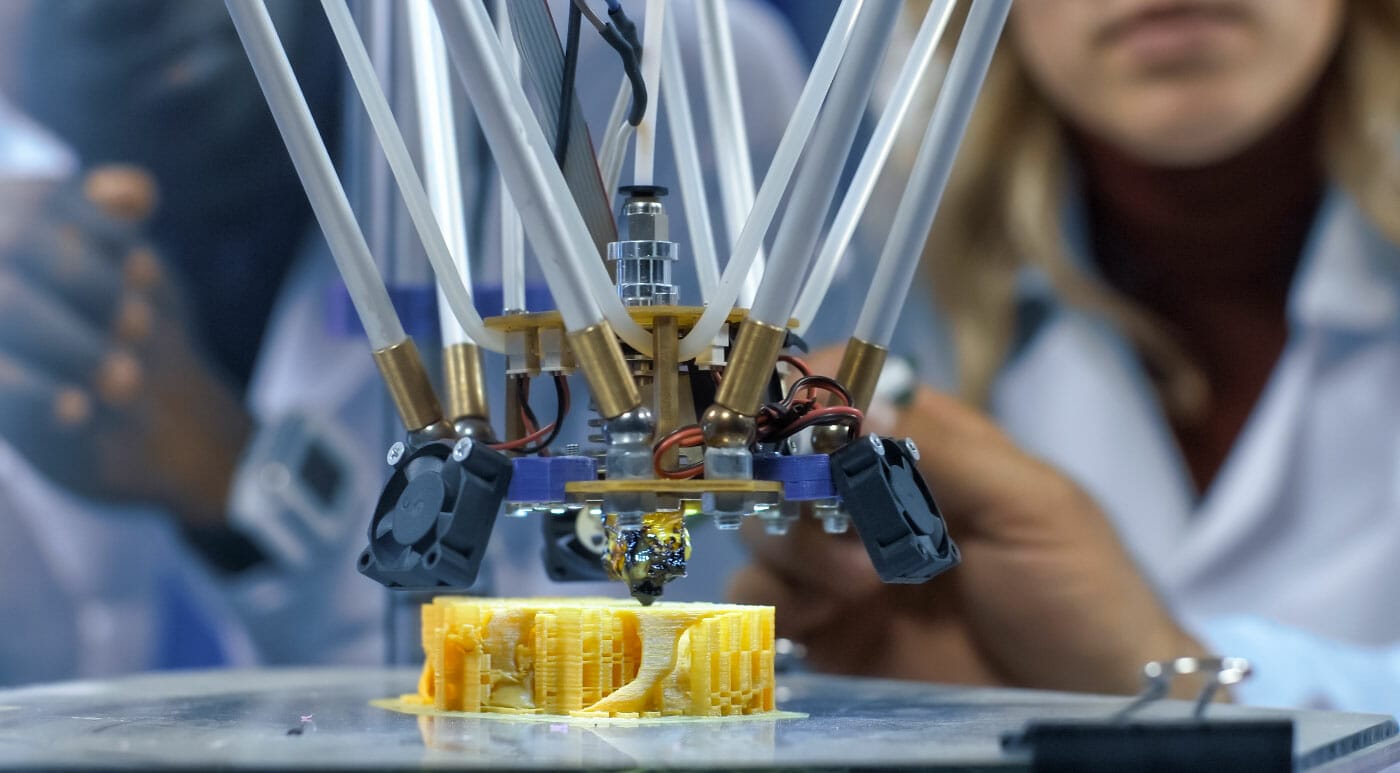Disposable diapers are intricately designed for babies, and sometimes adults and animals. Its primary function is to absorb and hold excretions like urine and feces for a while because of the incapacity to take peeing and pooping at the moment they happen.
But these pads, which have utmost importance to infants, have some awesome engineering behind. It’s not only about the material blend of cotton and plastic that contains the pee and poop, but there is some engineering involved in the diaper’s layers.


Source: Giphy
An engineer at the University of Illinois at Urbana-Champaign named Bill Hammack says that what seems to be ordinary products for us actually boast an intriguing and deceptive level of complexity. This he knows so well as he posts videos on his YouTube channel under the engineerguy account, explaining the fascinating engineering that we often never appreciate.
Now, he talks about diapers. He described them as “not the cheap blend of cotton and plastic most people assume they’d be,” and calls them a “triumph of polymer science”. He explains his point.
While disposable diapers vary according to their manufacturers, there are essentially three layers that make them up: the topsheet, the surge layer, and the absorbent core. And each one is thicker than the last with critical functions to perform.
The topsheet, which is the layer that makes contact with the baby’s skin, acts as a one-way street for urine. Once the baby pees into the diaper, the liquid gets into the topsheet but never runs back to the child’s skin thanks to a repellent material. The surge layer then accepts the urine and does its job of distributing the liquid throughout the absorbent core.


Source: Giphy
Without this kind of design, the liquid would saturate in one spot making the entire diaper useless.
But that’s only the absorption quality of the diapers. Keeping the baby dry for hours is another thing, which is integrated into that design as well.
All three layers have the same one-way design and contains a denser bundle of fibers than the last, which makes it easy for the urine to enter but hard to escape.
Hammack shared that the absorbent core is made of a super-absorbent polymer than can hold up to 400 milliliters of urine. About 15% of the layer is cotton, which is ideal as it allows the urine to be absorbed thoroughly and distributed evenly. The cotton acts as a channel through which the urine can access dry parts of the core.
The most that pee can remain in the disposable diaper is nine hours.
Notice that the design explained above are for urine only. It’s a different system when it comes to keeping the feces.
There are two elastic cuffs that hug the baby’s legs, which serve as the primary mechanisms that trap the poop. That’s it. As pointed out in one of the original patents for the diaper, such was designed to contain “explosive liquefied bowel movements.”
That’s it. The engineering behind the disposable diapers.
Source: Business Insider













